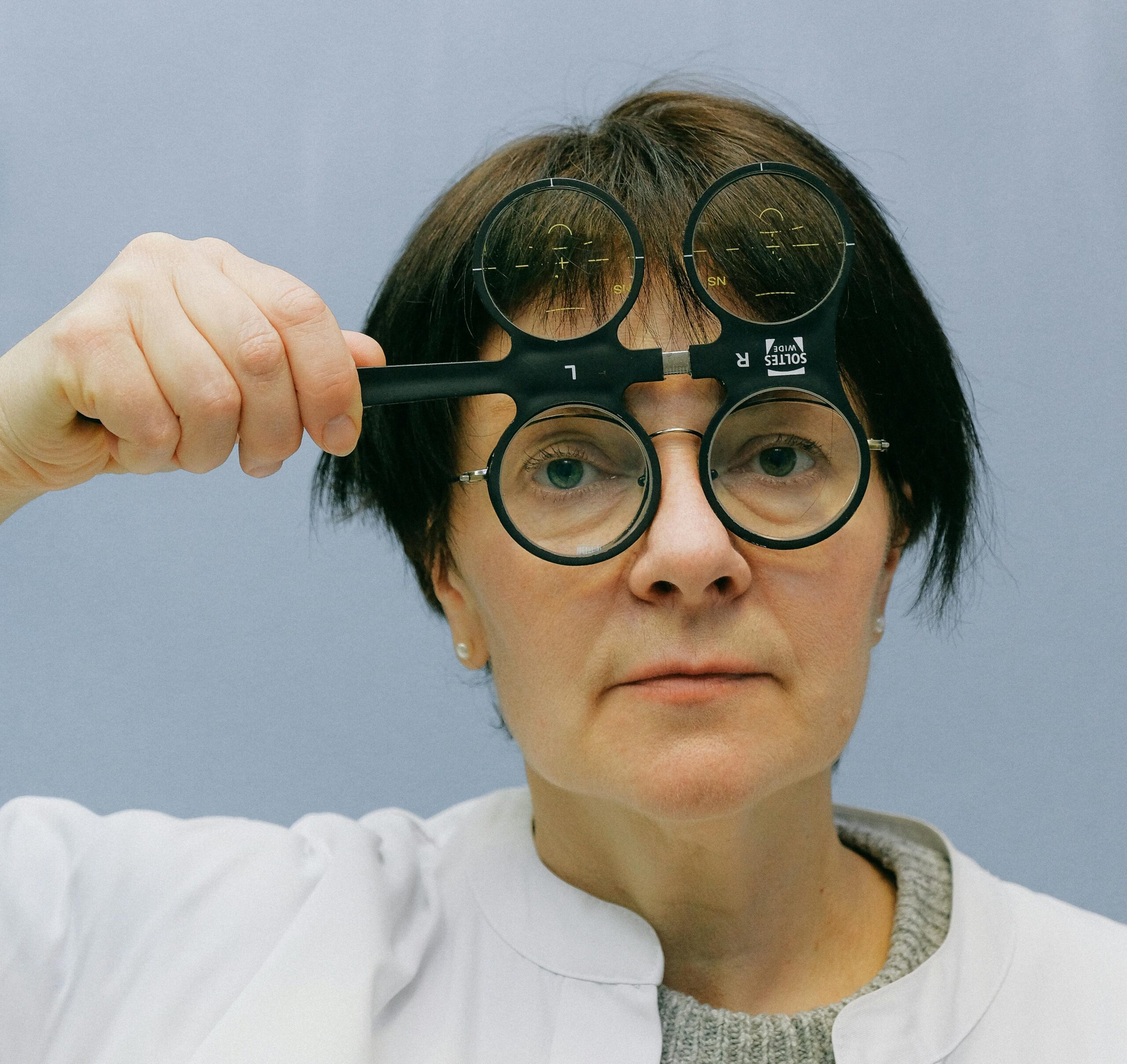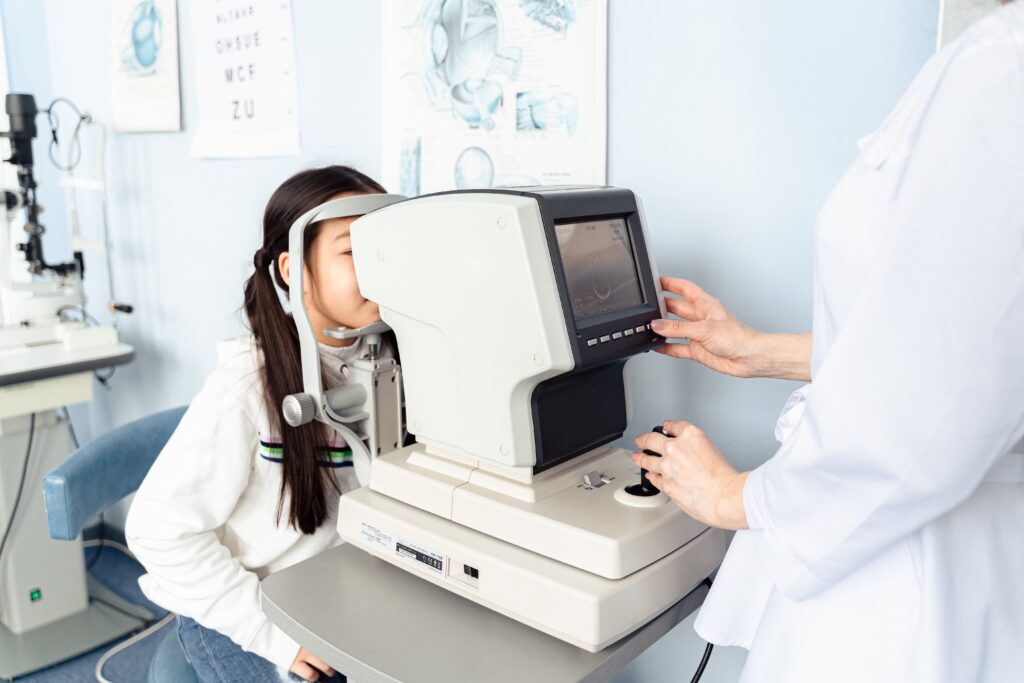
What is Vitreomacular Traction?
Vitreomacular Traction (VMT) is a unique eye condition marked by an unusual interaction between the vitreous gel – a clear, jelly-like substance inside the eye – and the macula, an area of the retina responsible for sharp central vision. Normally, the vitreous gel has a loose attachment to the retina, but with aging or due to other eye conditions, it can shrink and adhere more firmly to the macula. This change can create a pulling effect on the macula, leading to various visual symptoms.



